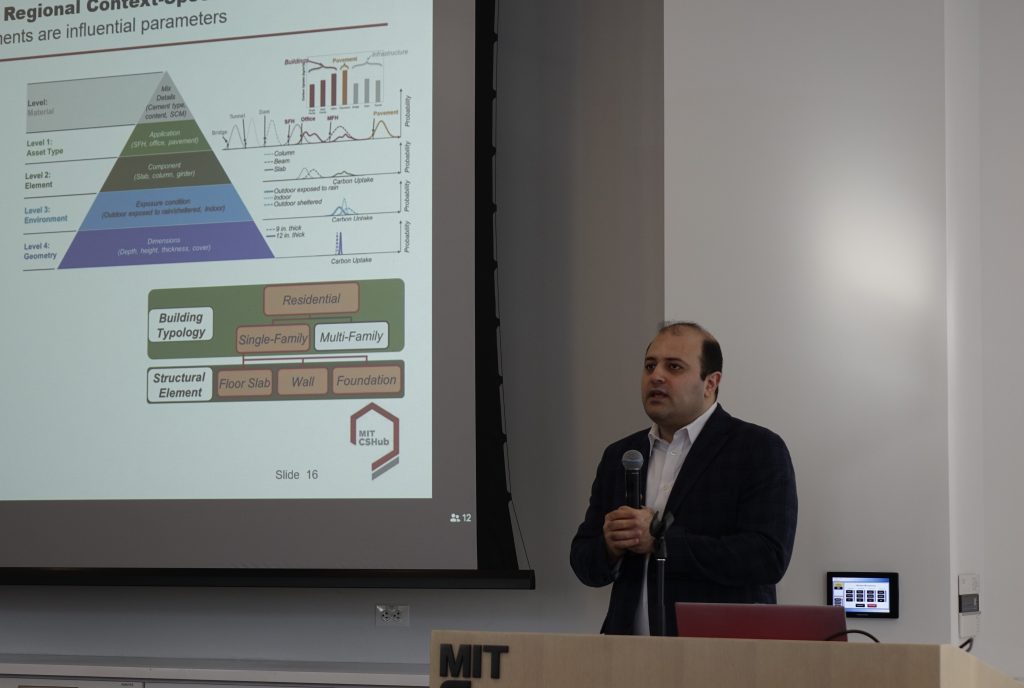By mid-century, two out of every three persons on the planet will be living in urban areas. These growing urban populations face two simultaneous climate challenges; extreme heat events attributed to Urban Heat Island (UHI) effects, and Global Climate Change (GCC).”
These projections come from a 2021 study co-authored by MIT researchers Hessam AzariJafari, Randolph Kirchain, Xin Xu and Jeremy Gregory evaluating the impact of cool pavement on urban centres.
Several measures are being undertaken to address UHI mitigation around the world. These include increased urban vegetation and the installation of “cool roofs.” However, not all these strategies are within the control of municipal decision-makers, making it difficult for cities to implement effective solutions.
Yet, pavement material change is one strategy over which cities have a strong influence, if not total control, the researchers write, and it could make a significant difference.









